The Naxal Insurgency started in the tiny thatched hut village of Naxalbari in 1967 by Charu Mazumdar and Kanu Sanyal. By 1969, it had spread all over West Bengal. The main cause was economic, rampant poverty. The insurgency had, by 1969, spread to the urban areas as well as the mofussil; to the universities, colleges and schools. They had taken over Jadavpur University. Their HQ was in Presidency College. They were active in the factories and were trying to take over the Trade Unions. The situation was indeed grim and the Police and Para-military were unable to cope.
In Oct 1969, Gen Manekshaw and Secy Govind Narain arrived at Fort William and met with me. Manekshaw told me that the Army had to break the Naxal insurgency. I replied that The Police and not the Army should do so. Manekshaw said that the Police had failed to do so and that Mrs Gandhi had ordered that the Army would have to do so. Further that Jacob was to be overall In-charge of operations. I said that I would require more troops. We had 20 Div near Naxalbari, but needed at least two more divisions South of the Ganga. Manekshaw said done and that he would give me 50 Para Bde as well. I asked for orders in writing. Manekshaw snapped back – “Nothing in Writing.” Govind Narain said, “No publicity and no records to be kept.” Manekshaw then said, “Jake! I am relying on you.” By Dec end 1969, 4 and 9 Infantry divisions as well as 50 Para Bde were moved into West Bengal. Operations were conducted in Calcutta, other urban areas and the mofussil. During this period, two elections were held. The Army being deployed down to and at the polling booths by mid 1971, the Naxals were driven out of West Bengal. Unfortunately, socio-economic measures were not implemented to redress their grievances. Today, the government does not want to use the Armed forces. Was Mrs Gandhi wrong and are they right? Mrs. Gandhi was pragmatic and took hard decisions then and in 1971. Incidentally, on 04 Mar 1966, the Air Force’s Toofanis and Hunters bombed Aizwal. Aizwal was in flames again and on 05 Mar 66, they bombed Aizwal and other towns. I don’t approve of offensive action by the Air Force. Their role should be limited to surveillance and logistics.
The Chief Minister of West Bengal used to proclaim, “Jake and I – We broke the Naxals!”
Police Int
The Naxal Movement has developed into a full-fledged insurgency. Unlike the others, it is the only one that is non-communal. It is said to have spread to some 220 districts in 20 states, almost covering some 90,000 square kilometers.
There are two factors required to keep an insurgency going – Firm Base and Lines of Supply for money, arms and ammunition. Their firm bases are in the jungles. Their lines of supply are local, Police and Para-military seizures, also from Nepal and Burma. Funding is from within the areas controlled by them. The Counter Insurgency Operations launched by the concerned states have so far not yielded significant results. A review of tactics is required. This old soldier has dealt with insurgency and has had three years combat experience in the jungles of the Arakan. He spent one year in Counter Insurgency operations in 1945-46 in Sumatra. He conducted Anti-Naxal Operations in West Bengal from 1969 to 1971. He dealt with the Mizo and Naga insurgencies.
Firstly, let’s draw lessons from Sumatra. We were continuously ambushed. However, we were able to react. The column was organised in a tactical manner –Scouts, Advance Guard, Main Body, Rear Guard. When we hit the ambush, we were able to react unlike at Dantewada. We had casualties, but inflicted heavy casualties on the insurgents. Counter Insurgency operations are based on mobility. Our forces have to be more mobile than the insurgents. Mobility-Mobility is the key. Regarding tactics, I will illustrate by one example. The Intelligence Bureau (IB) representative Joshi in Nagaland gave us an accurate information in Dec 1974 of a gang of 300 Nagas going to China to collect arms and ammunition. We did not know what route they were to take. We moved in several thousand troops, placed an outer cordon as well as an inner cordon closed in and captured the whole gang.
Based on experience, I would recommend the following tactics:
FIND – FIX, SURROUND, CLOSE IN – DESTROY. Mobility is the Key. In Nagaland, we broke the lines of supply, went for their bases and got them to sign the Shillong Accord in 1975.
Training is most important. I was asked to set up the Counter Insurgency School in 1969. I tried to set it up in Haflong, but could not get the land, and then set it up in Mizoram in 1970. I insisted that any battalion that was to be employed in Counter Insurgency would spend two months, the whole battalion, in Counter Insurgency training at the school, before it could take part in operations.
Mrs Gandhi knew that the Army had to be used to break the Naxals. She knew there was no alternative. She took the decision.
Finally, the Army will one day have to be used. The Air Force too will have to be employed for Surveillance and Logistics.

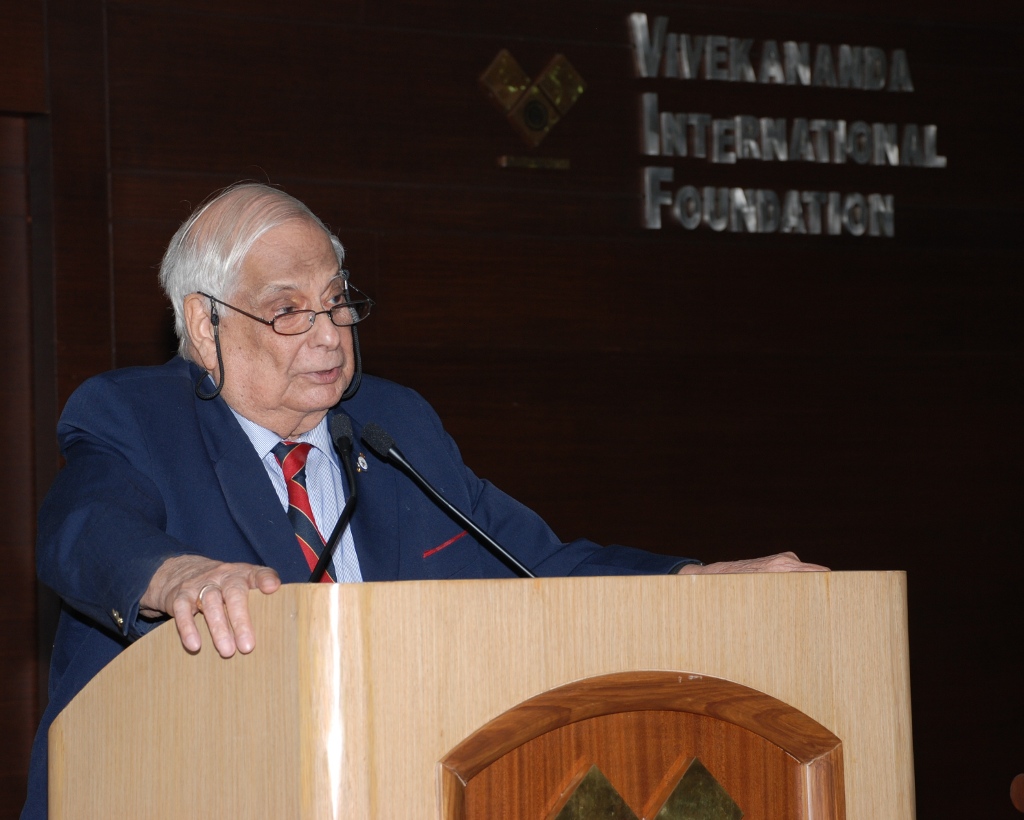
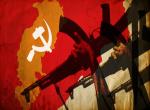
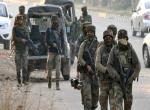
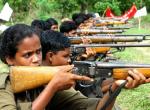
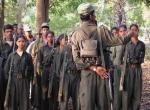
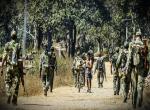
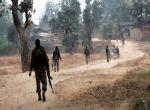
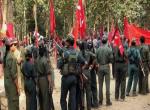
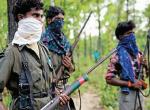
Post new comment